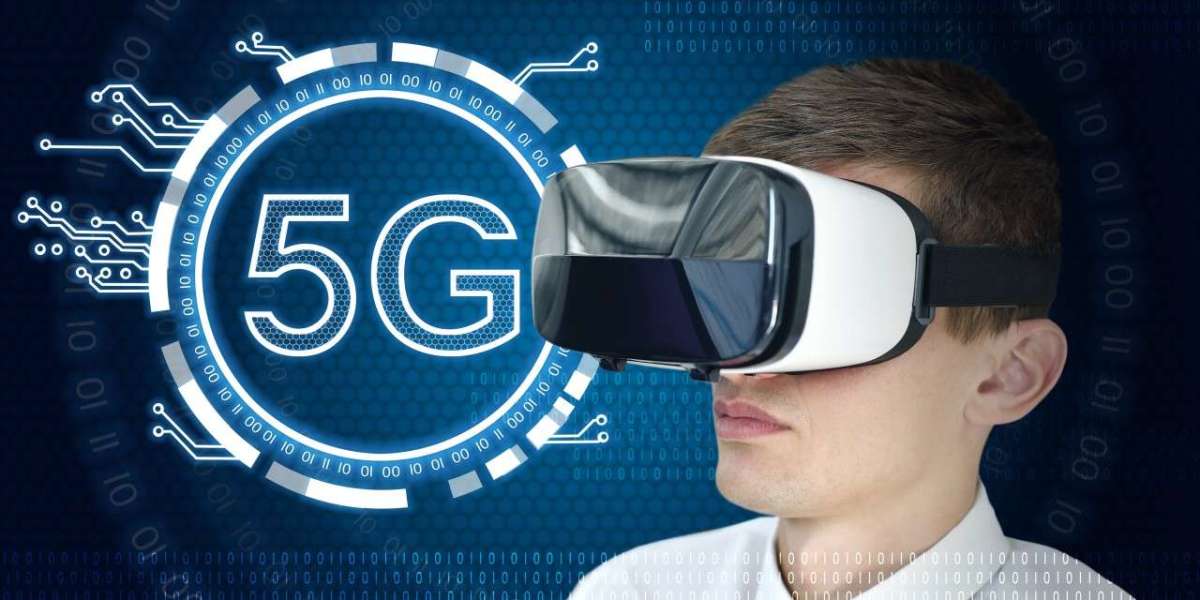In the world of emerging technologies, few combinations hold as much transformative potential as 5G and augmented reality (AR). While AR has long promised to blend digital and physical worlds in compelling ways—from interactive games to industrial training—its full potential has been constrained by the limitations of existing network infrastructure. That’s changing rapidly with the rollout of 5G, a technology set to supercharge AR experiences like never before.
The Challenge: Why AR Needed a Boost
Traditional AR applications have struggled with latency, bandwidth, and reliability. These limitations mean:
Laggy visuals, breaking immersion.
Restricted content sizes, limiting detail and richness.
Device overheating and short battery life, due to heavy local processing.
These issues have stymied growth in sectors that need real-time precision, such as remote surgery, live sports analysis, or urban navigation. Enter 5G.
5G: The Game-Changer for AR
Here’s how 5G addresses AR’s biggest pain points:
1. Ultra-Low Latency
5G networks offer latency as low as 1 millisecond, a massive drop from the 30–50 milliseconds seen in 4G. For AR, where millisecond delays can break the illusion of reality, this is a critical improvement. Think about a remote technician viewing live schematics over machinery—real-time feedback is non-negotiable.
2. Higher Bandwidth
5G enables data speeds up to 100x faster than 4G. This allows AR devices to stream high-definition 3D models, spatial audio, and interactive content without preloading. It opens the door to seamless experiences in education, retail, and entertainment.
3. Edge Computing
5G networks integrate closely with edge computing, meaning data processing happens closer to the user. This reduces the burden on AR devices (like glasses or smartphones), allowing them to be lighter, cooler, and longer-lasting while still delivering powerful visuals.
4. Massive Device Connectivity
5G supports a dense network of connected devices. In AR scenarios with many users—like concerts, conventions, or factory floors—this means smoother, more consistent performance across the board.
Real-World Applications Already Taking Shape
The fusion of AR and 5G is not theoretical—it’s already unfolding across industries:
Retail: Brands like IKEA and Nike use AR to let customers preview furniture or try on shoes virtually. 5G ensures these experiences are fluid and lifelike.
Healthcare: Surgeons are beginning to use AR overlays in the operating room, supported by real-time data streamed via 5G.
Gaming: Titles like Pokémon GO are just the beginning. Expect multiplayer AR games with console-quality graphics streamed directly to your phone.
Field Service: Engineers and technicians now use 5G-enabled AR headsets to receive remote guidance and schematics without bulky hardware.
Looking Ahead: What the Future Holds
As 5G infrastructure becomes more widespread, the barriers holding back AR will fall away. We’ll see:
Widespread use of AR glasses in place of smartphones.
More intelligent, adaptive AR experiences with real-time AI integration.
New business models, as companies monetize immersive interactions.
The next frontier will be AR cloud platforms, where persistent, shared digital layers overlay the real world—essentially creating a spatial internet. None of this is possible without the backbone of 5G.
Conclusion
5G isn't just another upgrade in mobile connectivity—it's a technological catalyst. For augmented reality, it marks the beginning of a new era: one where digital content is seamlessly interwoven into the physical world. As 5G rolls out globally, the AR experiences we once dreamed of are becoming part of our everyday reality.



